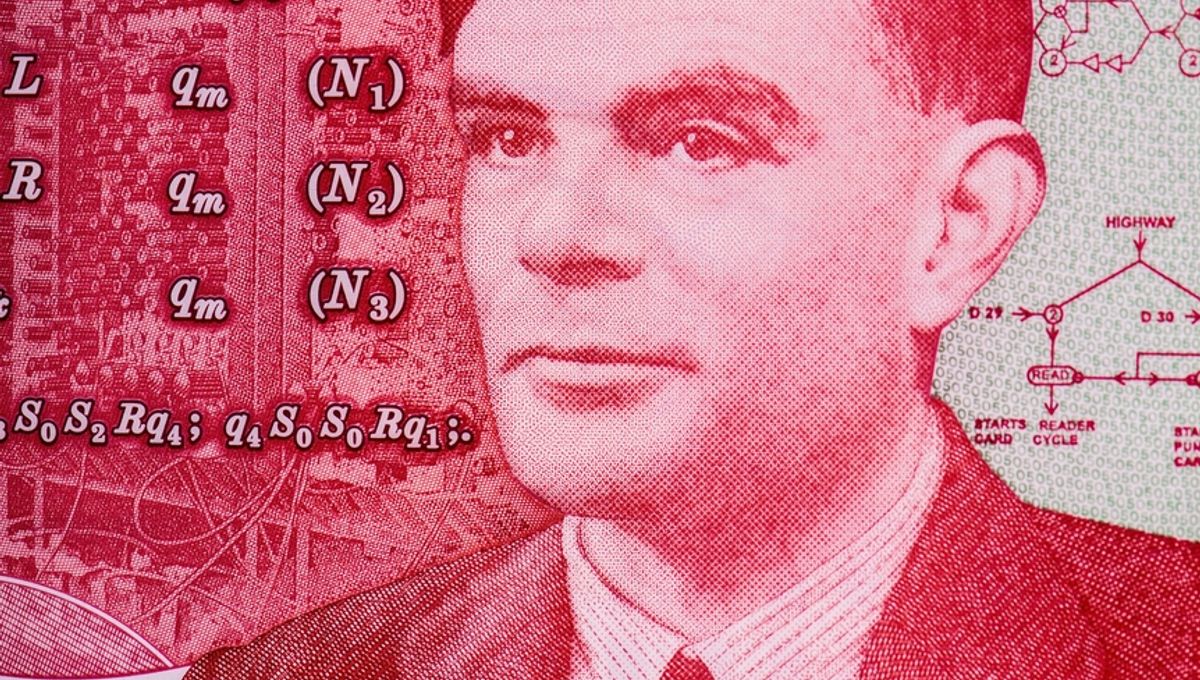
Alan Turing was one of the greatest minds to have ever lived, and is widely regarded as the father of modern computing. Known for being part of the team that cracked the Enigma code using an early computer, as well as extensive computational work that was way ahead of his time, Turing was at the forefront of code-making and code-breaking.
It is somewhat poetic, therefore, that the only code he couldn’t break was written by himself.
Turing was an accomplished mathematician who gained a degree from King’s College, Cambridge, and shortly after became a fellow there. During his career, he developed a somewhat modest savings pot, and he was determined to keep it safe from the impending Nazi invasion in 1940.
According to reports, he considered converting it all into a consumable item – such as razor blades – that people would inevitably need if Britain fell. However, when looking at World War I and the assets that held their value, silver appeared the most promising option. So, Turing converted his savings into silver.
Ever the extra character, however, Turing needed a safe way to ensure the silver remained his, and wasn’t taken by taxation or seizures from a potential Nazi government. He devised a plan to bury his two silver ingots, worth £250 at the time (around £16,000 or $18,300 today), in the forest surrounding Bletchley Park, where he worked. But a forest is dense, and he would never recover the ingots without a treasure map fit for a pirate, so Turing did what he did best and wrote a cipher pointing to his buried hoard.
While the Nazis never made it to the shores of England, Turing was right in one aspect – by the end of the war, silver was up 80 percent and he would have turned a tidy profit on his clever scheme. There was just one snag: Turing couldn’t find it. The landmarks had changed, and it is thought that even Turing himself couldn’t crack the cipher, resulting in multiple failed attempts to find the silver. He hunted through the forest with a metal detector to no avail, with the last attempt occurring in 1952, just two years before taking his own life.
The silver was never found and likely remains somewhere in Bletchley Park forest to this day. Estimates place the silver weight at around 68 kilograms (150 pounds), which would be worth in excess of £30,000 ($34,500), though the cipher isn’t known so it may be quite the task to find it. Events have been held by mathematicians in partnership with The Imitation Game, a movie about Turing, in which a cipher was created to find imitation bars of silver, so the treasures’ legacy lives on, even if it remains in the ground.
Source Link: Alan Turing Buried His Life Savings Behind A Cipher So Hard, He Never Found It